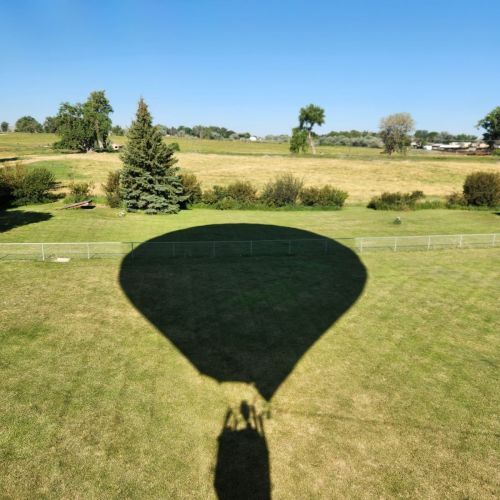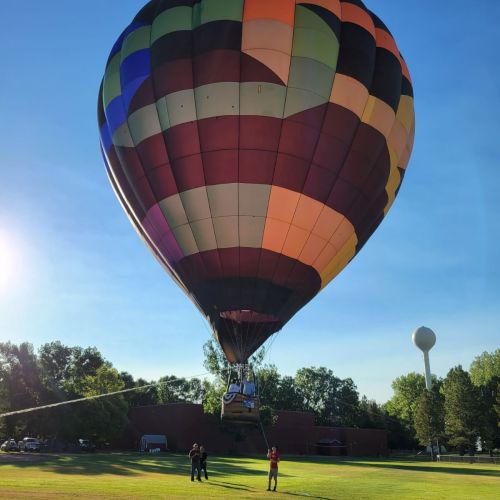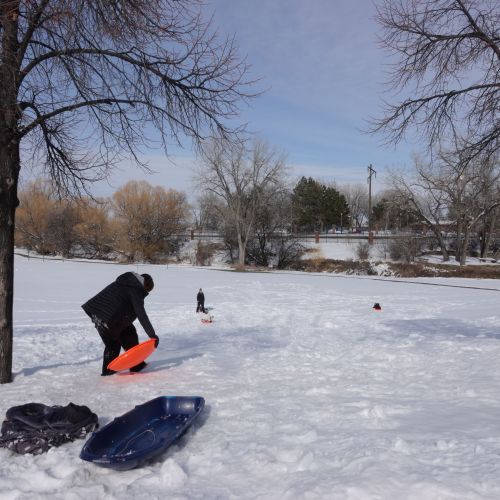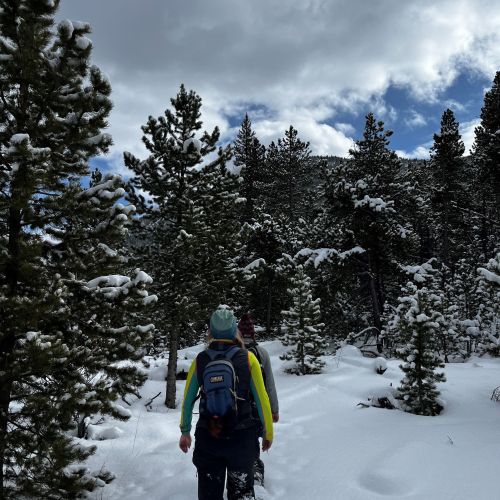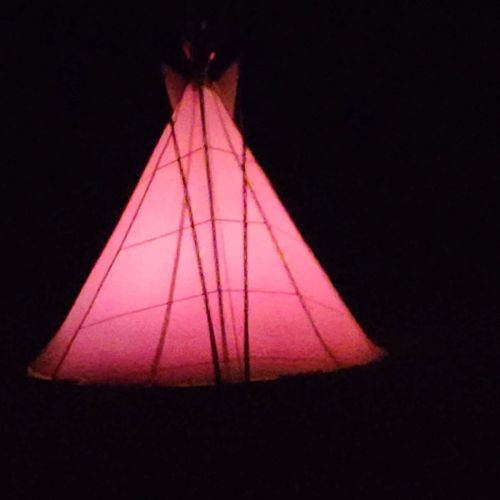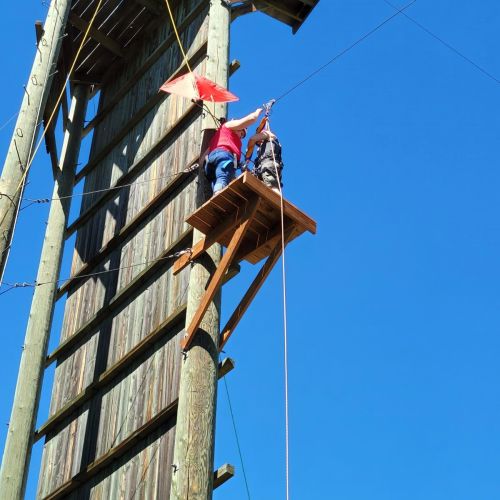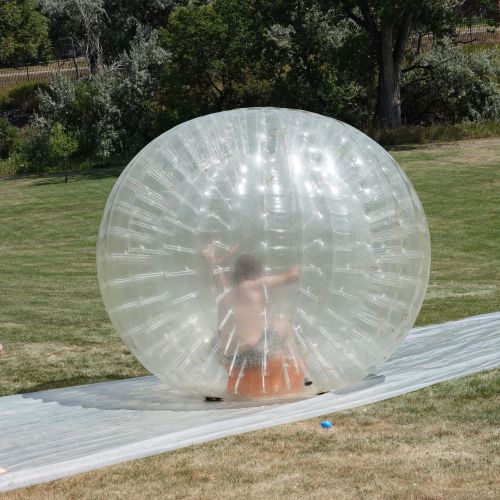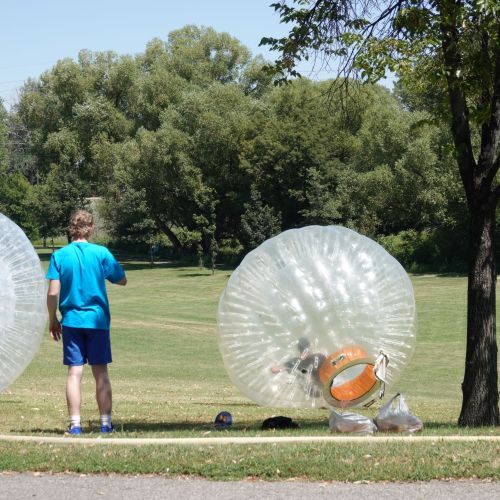About
Yellowstone Boys and Girls Ranch is a non-profit organization that offers residential, outpatient, school, and community-based mental health services for individuals aged 11-18 as well as their families across the state of Montana. Therapeutic professionals at Yellowstone Boys and Girls Ranch practice trauma-informed and culturally affirming care to all youth receiving treatment. Nature is an important component of the therapeutic process at Yellowstone Boys and Girls Ranch.
Program Details
Description
Yellowstone Boys and Girls Ranch (YBGR) has been serving youth with mental health diagnoses ages 11-18 and their families for over 60 years. This non-profit psychiatric residential treatment facility was founded in 1957 and since then has expanded to offering outpatient and community-based services at 4 additional locations throughout Montana. On the campus in Billings, YBGR operates an onsite school called Yellowstone Academy, which serves the youth receiving services from YBGR as well as students in surrounding districts who would benefit from services. With nature as an important co-partner in treatment, the services provided by YBGR include recreation therapy, occupational therapy, chemical dependency, psychosocial education, equine therapies, eye movement desensitization and reprocessing, horticulture, vocational-agriculture, ranch services, spiritual life, and Native American services.
The mission statement, “caring people preparing youth for life,” is reflected in the wide range of professionals who provide support and care for the youth at YBGR. One such professional service is occupational therapy. The occupational therapy program at YBGR was started in April 2021, in collaboration with the Rocky Mountain College Occupational Therapy Program. The occupational therapy program received a grant from IdEA Network of Biomedical Research Excellence (INBRE) to conduct a study “Exploring the Health Benefits of a Culturally Relevant Occupational Therapy Intervention with Native American Adolescents.” The study results were presented at the American Occupational Therapy Association Inspire 2024 national conference. From this grant, the International Traditional Games Society hosted specialized training for staff at YBGR to deepen their understanding of traditional Native American games to utilize during the treatment and as leisure activities for youth receiving services at YBGR, which increased understanding and accessibility of culturally relevant activities for clients and staff. This is but one of many important therapeutic programs that youth participate in at YBGR under the compassionate care of staff.
Contact Taylor Clark OTD, OTR/L, ASDCS tclark@ybgr.org 406-651-2847 Website
Services Offered
Psychiatric residential treatment facility (PRTF) services include:
- recreation therapy
- occupational therapy
- chemical dependency
- psychosocial education
- equine therapies
- EMDR
- horticulture
- vocational-agriculture
- ranch services
- spiritual life
- Native American services
Community-based services (CBS) can provide case management, chemical dependency, home support services, family preservation and reunification, employment program, outpatient therapy, school-based, and youth mentorship.
Images from the Ranch
Population Served
Boys and girls ages 11-18
Staff Composition
Staff include mental health workers, program managers, case managers, treatment coordinators, addiction counselors, clinical program therapists, an occupational therapist, teachers, recreational staff, equine specialist, Native American Services provider, medical providers, nurses, and support staff.
Cost to Participate
YBGR works primarily with Medicaid. Various insurance and private-pay agreements are also accepted. The cost varies depending on the program(s) selected.
Q & A with Taylor Clark OTD, OTR/L, ASDCS
How long does a youth typically reside at YBGR? What does a typical day look like?
TC. We often give an estimate of 3-6 months; however, each youth has such specific needs and family engagement dictates a great deal of the treatment plan that some kids may leave within two weeks, or the youth may stay until age 18 and are eligible for independent living due to having nowhere else to go or lack of family support. Youth live in a group setting, which is often the biggest adjustment, and complete school, chores, meals, campus activities, and some therapies as a group.
We do our best to provide opportunities for them, such as work crews, social parties, and camp-like programming to increase engagement and give them the social interactions they desperately need. The school runs year-round with several week-long school breaks, at which time the recreation department sets up trips like camping, hiking, paddleboarding, biking, sledding, ice skating, trail rides, etc. Many youths struggle during the breaks due to lack of routine and increased free time, so many units make their own trips and passes to historical sites, museums, movie theaters, the zoo, etc. Quite frankly, there is no such thing as a typical day at YBGR.
What are some of the traditional Native American games included in the International Traditional Games Society (ITGS) training that you enjoy playing, facilitating, or watching your clients engage in?
TC. One of my favorite components of the ITGS training was creating each of the game pieces we made. It’s special to be able to show kids that they don’t need specialized equipment to have fun. There’s a spiritual aspect of collecting from the Earth, being thankful for the bounty, then returning what is not used back to her. As far as games go, Family Lacrosse is an incredible way to incorporate all people of all skills levels. There’s often a disparity of skill with our clients, resulting in some more athletic youth competing with youth attempting to manage coordination deficits, social skills, along with the rules of the game. Family Lacrosse allows the more athletic youth to do greater movement and those with more developmental skills to participate to their level. It’s fun and safe for everyone who’s willing to engage.
How do you honor and incorporate Native American culture during occupational therapy sessions?
TC. As I am not of Native heritage, I often let my youth lead the way. If they feel comfortable, we will investigate their culture by asking questions of cultural leaders, finding videos on how to do dances or make ceremonial clothing, or seeking spiritual avenues in whatever way they experience connection. The greatest honor I can do is recognize that I am wholly disconnected from the experience of my youth. I have my own life history and story that clouds my vision of what culture is to another person. I enter all my sessions with curiosity about who my clients are in that day and moment and let them decide to what level we will explore their identity in those moments.
What does a typical occupational therapy session look like?
TC. Due to high variability, sessions differ greatly. Each session has the structure of check-in, activity, processing, and wrap-up. The same youth may be highly engaged and willing to try new strategies one week and on suicide precautions with little opportunity to leave the unit or supplies to engage with the following week. Depending on the youth, they may be able to self-direct the whole session, showing greater initiation and self-actualization, or each step will be directed for them to promote perceived mastery. Youth are encouraged to direct their own needs as much as possible by looking inwards to identify their social and emotional capacity for the day.
How do you articulate and advocate for the value of occupational therapy to clients, parents, and other professionals within the realm of mental health services?
TC. My role initially is to allow time and space for youth to acknowledge what level of functioning at which they’re performing. Youth enter the facility under the impression they need to be “fixed,” resulting in emotional distress and greater barriers to gaining rapport. Articulating the value is much more effective when I can provide enjoyable and challenging treatment sessions for youth based on their preferences and skill set. Youth often report their perceived success and skill acquisition to family and friends, resulting in an understanding of the value of occupational therapy with minimal advocacy on the part of the practitioner. Using assessment results in family meetings to address the perspective of the youth assists in buy-in from caregivers and understanding of their youth’s experience in the world.
What is your favorite thing about working at YGBR?
TC. From an OT perspective, YBGR is a clinician’s dream. All staff are expected to promote healthy lifestyle and self-discovery in the safest way. The community works collaboratively to provide opportunity that may otherwise be missed by our clients. I have an extraordinary amount of freedom to provide services in the most holistic way I see fit and am supported by our leadership team, as well as challenged to seek new and more creative ways to provide services to youth who are in crisis. The youth are at the center of all our services and the facility is always referring to our Mission: Caring People Preparing Youth for Life.
